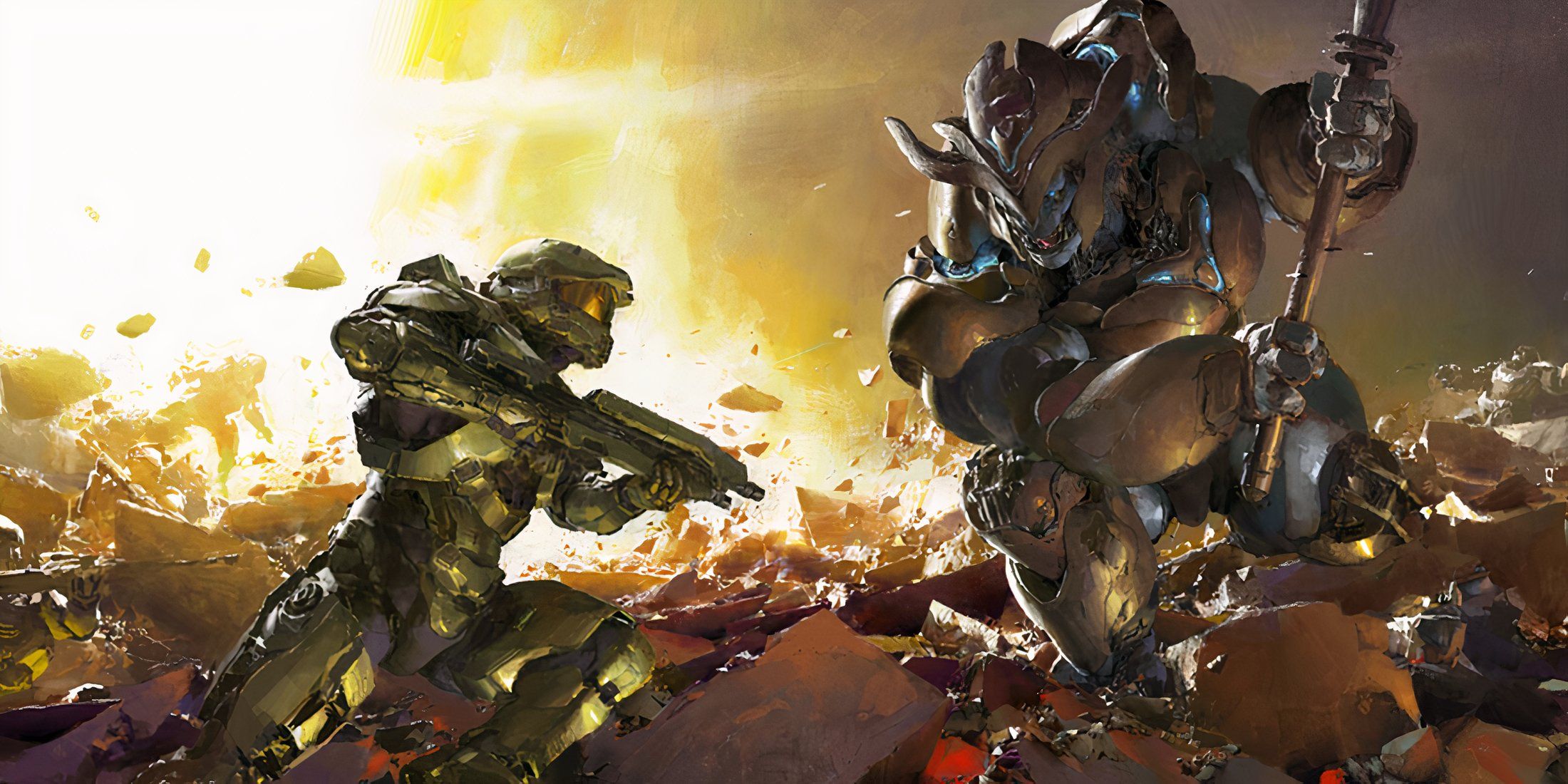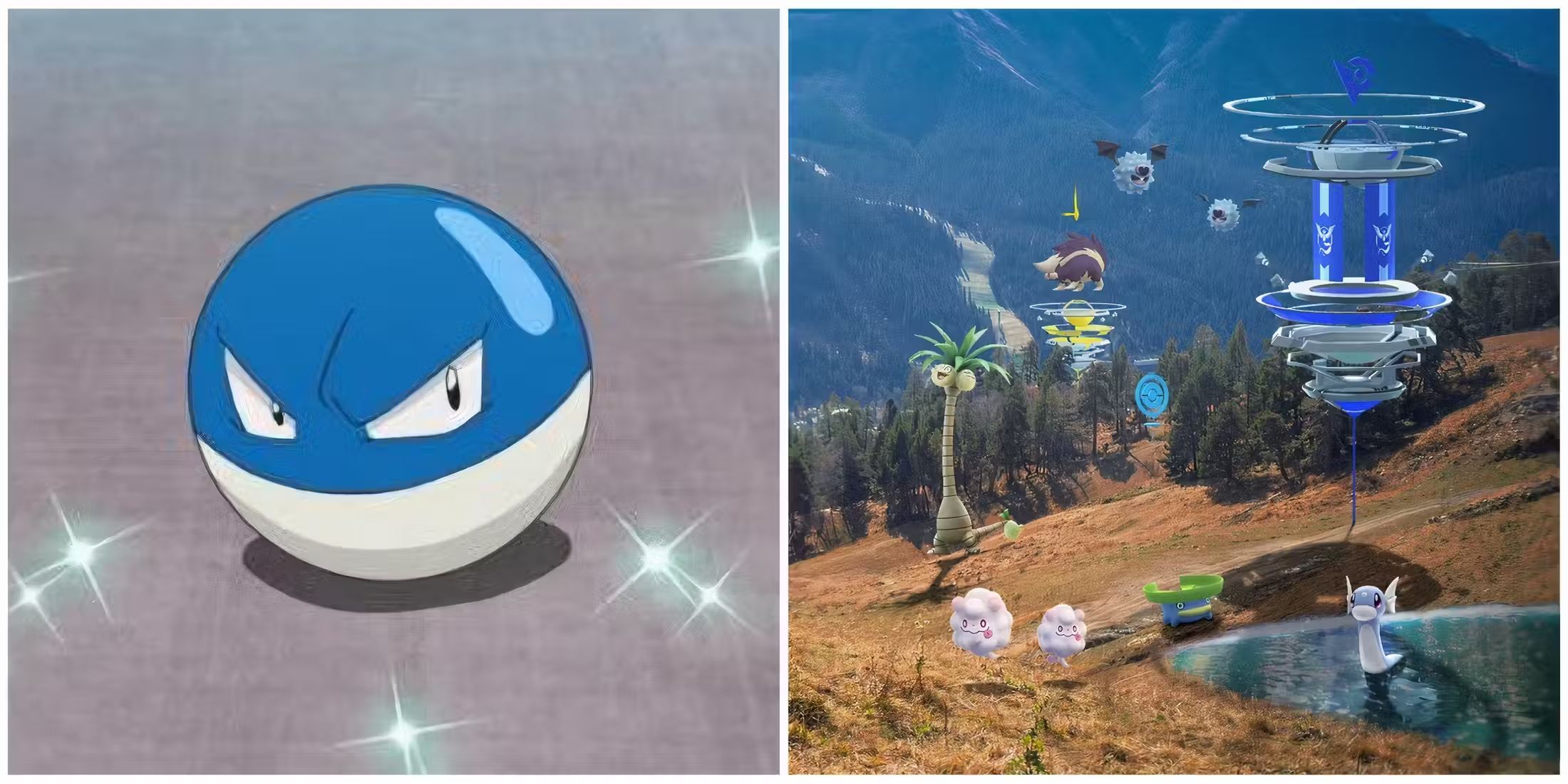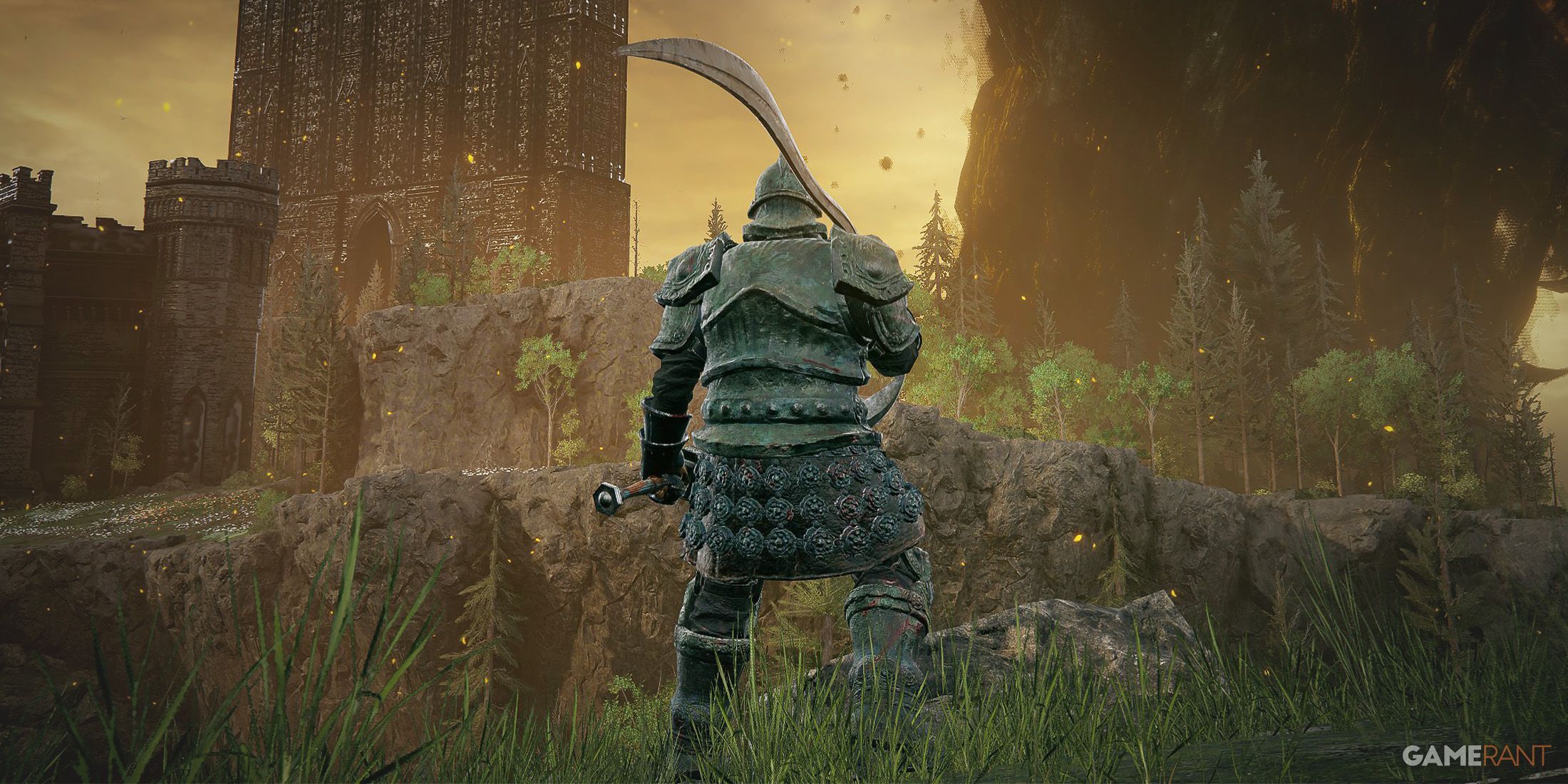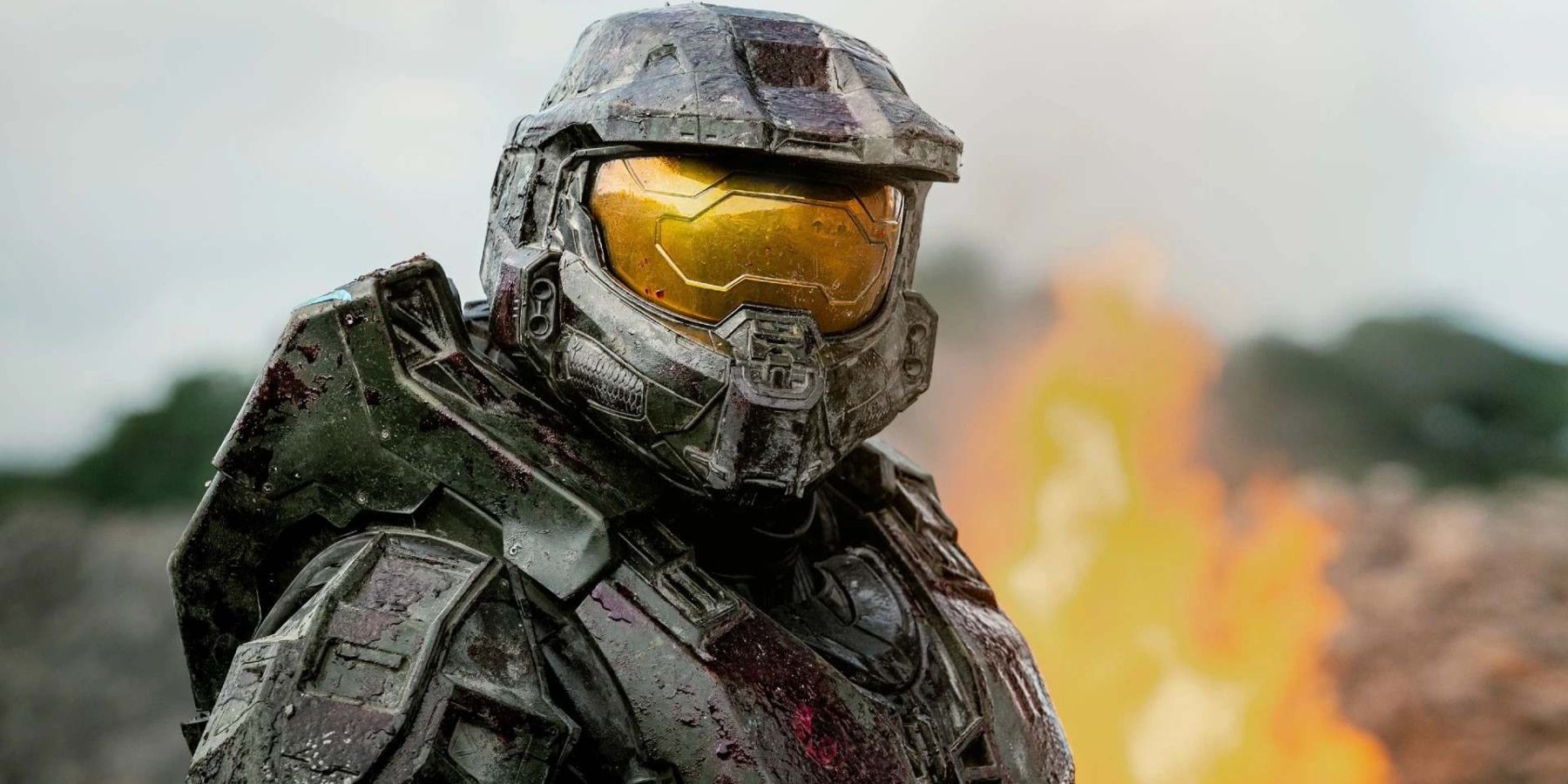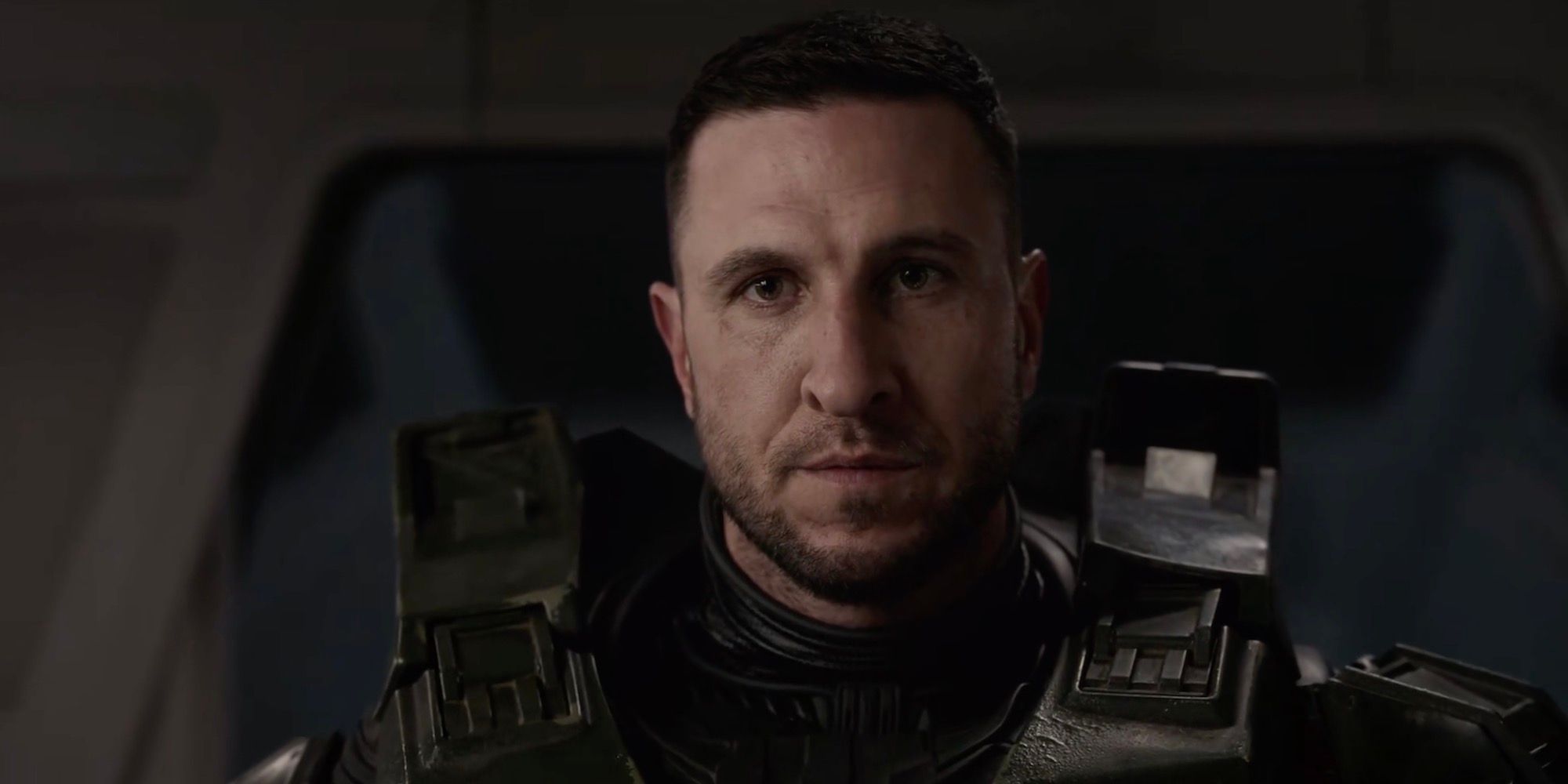Highlights
- The Master Chief's iconic silhouette and armored design make him instantly recognizable and memorable in the gaming world.
- The Halo TV show's decision to reveal the Master Chief's face went against a two-decade-long tradition and showed a lack of trust in the source material, which ultimately failed to earn the show a good reception.
- Steve Downes' performance as the Master Chief through voice alone has consistently conveyed the character's emotions and complexities, proving that showing his face is unnecessary for fans to understand his character and motivations.
In the gaming hall of fame, there are few characters quite as deserving of a spot as Halo's Master Chief. While he may not have been around quite as long as Mario, Donkey Kong, Sonic, or Pac-Man, the Master Chief is arguably just as memorable, becoming an instant icon upon his debut in 2001. Xbox's flagship hero, the Master Chief is one of the few gaming characters immediately identifiable from just their silhouette, with an armored design that's still just as eye-catching all these years later.
A full suit of bulky Mjolnir armor that boasts a strikingly bold green color scheme, the Master Chief's look is peak super soldier visual design. And much like Judge Dredd and other armored protagonists that came before and after him, the Master Chief never removes his helmet, at least not on-screen. The Halo game series has never properly revealed the Master Chief's face, but even 22 years after his debut, that doesn't really seem to have harmed the character at all, and after the dismal reception of the Halo TV show, that seems even more true than ever before.
The Halo Show's Reception Proves That the Master Chief Doesn't Need to Take Off the Helmet
Paramount's Halo show had no shortage of divisive and controversial moments, but one of its biggest came right at the very start of the season, during just its first episode. At the end of Halo's first episode, the Master Chief removes his helmet, revealing actor Pablo Schreiber's face in full. This is just the first of many moments in which the Chief takes off his helmet during the show, and while Pablo Schreiber does a pretty great job of portraying the character, it didn't stop this from being one of the most controversial decisions the show made. In breaking a two-decade-long franchise tradition, it felt as though Paramount didn't really trust the source material, and that ended up being pretty much true, with the rest of the show taking some big liberties with long-standing bits of Halo lore.
For over 20 years, the Master Chief had never shown his face properly in the Halo game series, and for 20 years, that hasn't made him any less of an iconic character. Though faceless protagonists often run the risk of seeming dull or nondescript, that's never really been the case for the Master Chief, with Steve Downes putting in an excellent performance in every entry he's appeared in. With just the slightest change in intonation, Downes can convey exactly how the Chief is feeling at that moment, with even the slightest of breaks in his cool demeanor implying a great deal.
Halo Infinite actually has some of the best examples of this. While it certainly wasn't perfect, with a lot of vital content clearly left on the cutting room floor, Halo Infinite's campaign did give fans a slightly more emotionally complex Master Chief than is usually seen, all while keeping his helmet firmly on. Again, just through Downes' performance alone, Halo Infinite manages to convey that the Chief is clearly remorseful that he was caught off guard and defeated by Atriox, which in turn led to most of his allies being killed or scattered across Zeta Halo. A lot of Chief's more emotive moments come when he's talking to Weapon, or the pilot Esparza, and though he's still cool and stoic, it's clear he's a character that's been through a lot and that it's starting to take a big toll on him.
So while it's much easier to just show the Master Chief getting upset or angry by revealing his facial expressions, it's really not necessary. Every Halo game so far has managed to give a good sense of the Master Chief's character and motivations through his voice alone, and if the Halo show proves anything, it's that the game series doesn't need to show the Chief's face to get that across.

